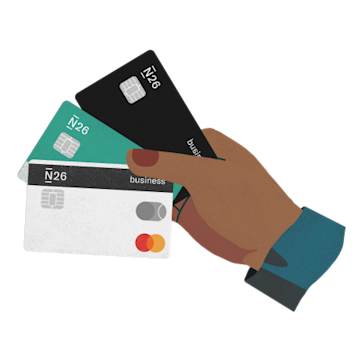
A Complete Guide to Freelancing: What It Is and How It Works
Freelancing is a work arrangement where individuals offer their services to multiple clients on a project-by-project basis, rather than working as a traditional employee. This flexible work model allows professionals to operate independently and choose their clients, projects, and working hours.

Hand holding blue business card
Key Steps to Start Freelancing:
- Register Your Business
- Choose appropriate legal entity (Sole Proprietorship or LLC)
- Consider tax implications and liability protection
- Complete necessary government registration
- Set Up Business Operations
- Establish invoicing and expense-tracking systems
- Secure appropriate insurance coverage
- Open a dedicated business bank account
- Build initial client network
- Create professional contract templates

Person writing at wooden desk
Advantages of Freelancing:
- Complete work schedule flexibility
- Freedom to choose projects and clients
- Greater earning potential
- Control over work environment
- Direct profit retention

Nine illustrated budget planning squares

Brown leather messenger bag
Challenges to Consider:
- Self-management of all business aspects
- Potential income instability
- Limited social interaction
- Need for self-motivation
- Responsibility for own benefits and insurance
For successful freelancing, focus on building a strong portfolio, maintaining professional relationships, and developing efficient business management systems. Regular skill updates and networking are crucial for sustained growth in the freelance market.

Hand holding business credit cards

Freelancer working on laptop

Person at desk with houseplant

Two women recording podcast content

Freelancer working on laptop

Person at desk with houseplant

Two women recording podcast content
Related Articles
10 Proven Ways College Students Can Make Extra Money
